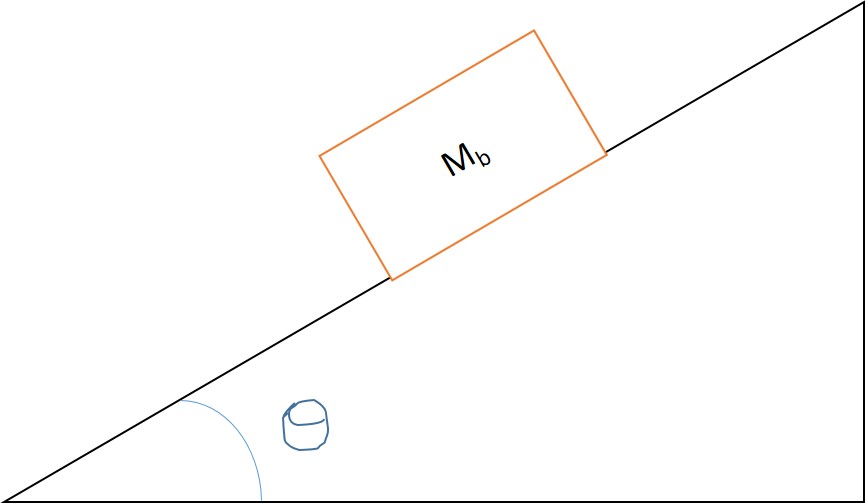Static Friction: Difference between revisions
No edit summary |
|||
| Line 1: | Line 1: | ||
claimed by: mearathu3 | |||
Short Description of Topic | Short Description of Topic | ||
Revision as of 10:11, 23 April 2018
claimed by: mearathu3 Short Description of Topic
The Main Idea
Friction is the resistance to motion between two objects. It is proportional to the force that pushes the two surfaces together and the roughness of the surface. Static friction is the friction between two objects that are not moving. Static friction between the two objects will increase to oppose motion until it reaches a certain point in which the objects move. This point of motion is defined by the coefficient of static friction which is generally greater than the coefficient of kinetic friction.
A Mathematical Model
Friction is defined by the formula:
- [math]\displaystyle{ {F}_{friction} = {μ}{F}_{normal} }[/math]
Where μ is the coefficient of friction between the two objects and F_normal is the normal force between the two surfaces.
Static friction is the maximum force just before the two objects enter into motion and it is related to the coefficient of static friction. It is defined as follows:
- [math]\displaystyle{ {F}_{max,f} = {μ}_{static}{F}_{normal} }[/math]
Where μ_static is the coefficient of static friction and F_normal is the normal force between the two surfaces. If the force exerted on the objects exceeds the F_max the objects start to move.
A Computational Model
How do we visualize or predict using this topic. Consider embedding some vpython code here Teach hands-on with GlowScript
Examples
Be sure to show all steps in your solution and include diagrams whenever possible
Simple
There is a box on top of a table and is not moving. The box has a mass M and the coefficient of static friction between the box and the table is μ_2. What is the friction force?
The way to solve this problem is see that the box is not moving that means that there is a static friction force. The static friction force is calculated as follows:
- [math]\displaystyle{ {F}_{friction} = {F}_{N}{μ}_{s} }[/math]
Take notice that F_N is equal to F_grav which is as follows:
- [math]\displaystyle{ {F}_{grav} = {9.81}{M} }[/math]
Middling
There is a box resting on an incline plane with a mass M_b. The coefficient of static friction between the box and the ramp is μ_s. The box isn’t moving, what is the friction force?
Solution:
To solve the problem the first step required is to identify the free body diagram:
The next step is to calculate the Y component of the F_grav . That will be equal to the F_N .
- [math]\displaystyle{ {F}_{N} = {F}_{grav}{sinθ} }[/math]
- [math]\displaystyle{ With {F}_{grav} = {9.81}{M}_{b} }[/math]
The final step is to utilize the formula for static friction and the calculated F_N:
- [math]\displaystyle{ {F}_{friction} = {F}_{N}{μ}_{s} }[/math]
That solves the problem.
Difficult
Connectedness
Friction is very involved in racing which is something I truly enjoy.
History
Static friction is the answer that people gave to the question of why certain objects didn't slide down inclined planes or why when something was pushed it didn't go on forever. The basis of this is in Newton's Laws. "An object in motion will remain in motion unless an external force is exerted on it." When an object is in motion, friction is the external force that is stopping it. Leonardo da Vinci is credited as the one who discovered the basic laws of friction.
See also
Look below
Further reading
External links
- A couple of animations[3]
References
The book we used in class was a reference utilized in the creation of this page:
Matter and Interactions 4th edition. Full Citation: Chabay, Ruth W., and Bruce A. Sherwood. Matter and Interactions. Hoboken, NJ: Wiley, 2011. Print.


